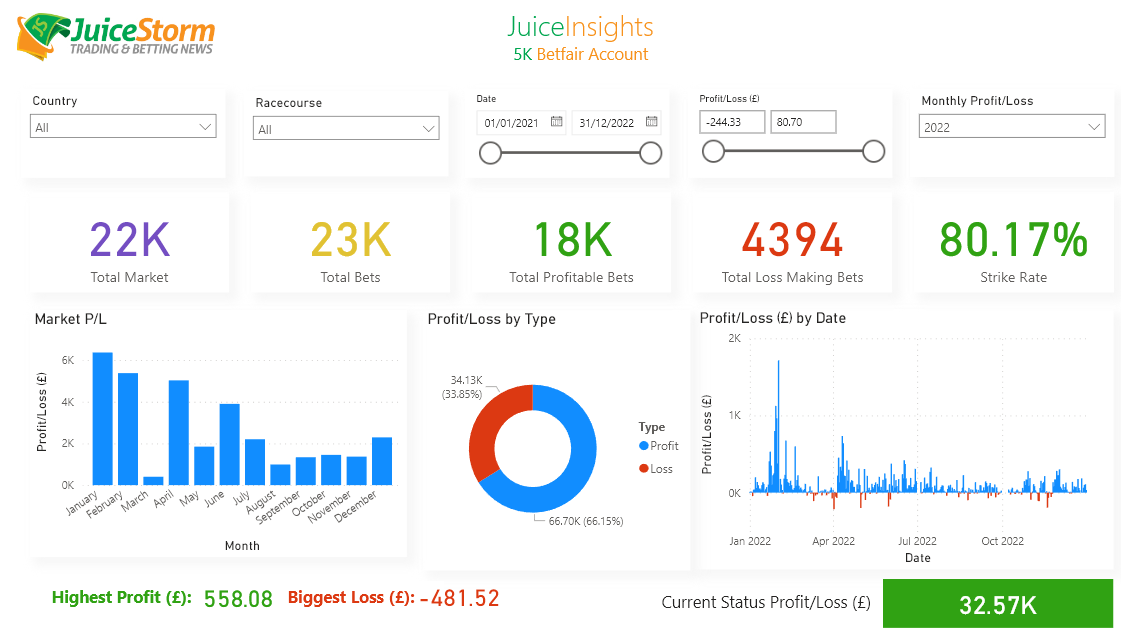A Closer Look at Bots vs. Manual Trading
Do you prefer to use bots, manual trades, or both?
- Digitex Has Been Two Years in the Making - November 27, 2019
- Digitex Futures Is Ready to Revolutionize Futures Trading - November 26, 2019
- With 4 Days to Go, Check Out the Progress on the Digitex Testnet - November 26, 2019
15% use a combination of both. So, what are the main advantages of both these strategies? Let’s take a closer look.
Bot Trading Isn’t for Beginners
Relying on trading automation isn’t recommended for new traders, not least because they’ll miss out on the opportunity to spend time actively learning about markets and trading styles.
Moreover, traders should also have some understanding of the markets to make sure when they’re using a bot, they can set it up in the best way to maximize returns.
Nearly 70% of our survey participants said they have at least some trading experience, but still, only 20% automate any of their trading activities with bots.
Of course, many experienced traders may prefer to stick with manual trading. However, if any of our readers are considering changing their trading technique from manual to automated (or even vice versa), here we set out the case for both sides.
Pros of Automated Trading with Bots
Bots provide the opportunity for trading without you needing to be actively involved. If you already have some trading experience, and you’re the kind of person who wants to limit screen time and take a more hands-off approach, using a trading bot could be a good bet for you.
Here are some of the advantages of using a bot to automate your trading activities.
Bots Never Sleep
Whereas manual trading relies on you being awake and present, a bot works in the background. Stock traders on a major exchange with fixed opening hours probably don’t need to worry about trading activities during the nighttime hours.
However, 24/7 trading can be a huge advantage in other markets, such as forex, and especially cryptocurrencies, where the markets can move sharply at any moment.
A bot will ensure you can profit from these movements whether you’re asleep, on vacation or just having a duvet day!
This isn’t to say a full “set and forget” strategy is advisable. You should still monitor your positions carefully, even with the most sophisticated bot running your trading.
Elimination of Human Error and Emotion
We, humans, are fallible creatures, and trading is a high-stakes activity. Fatigue, fear or overoptimism can lead to rash decisions or mistakes.
A bot won’t accidentally enter an extra zero in order or deviate from the trading plan because it had a couple of bad trades and fear intervened in the decision-making process.
Speed and Volume
Trading bots can crunch vast amounts of data at the same time, monitoring an array of trading pairs and making orders in the same instant a position is generated. In trades where every second count, this can have a severe impact on your profits or losses.
At Digitex, we understand the importance of speed, which is why we’re delivering traders a one-click ladder trading interface so they never have to take their eyes off of the price action.
Backtesting
One of the risks in using bots is that if the rules are not fine-tuned to tell the bot precisely what you want it to do, you could be in big trouble. For example, you may set up a bot with a rule that says never buy higher than the last sale price.
However, this only prevents a buy transaction from happening. If you don’t also put a stop loss rule in place, the market could bottom out, and you’re stuck with losing positions you could otherwise have sold before the dip.
Therefore, most bots allow you to do backtesting. You input the rules you want the bot to apply and ask it to run them against historical data. This way, you can ensure your bot is performing exactly as you expect it to before you run it on any live trading.
Pros of Manual Trading
While there are some pretty compelling arguments for using a trading bot, there are also many good reasons why some of our users prefer to keep the human touch on their trading. These include:
Cost
Automated trading programs come with monthly or annual fees. As a general rule, the more sophisticated the program, the higher the fees. The cost of running a bot is going to eat into your profit margins. Manual trading doesn’t come with these additional overheads.
Of course, as Digitex operates on a zero-fee model, our users have the opportunity to offset some of these costs compared to using other exchanges.
The Human Touch
A good trader will have a feel for the markets. Humans can notice when something unexpected is happening and adjust the trading plan accordingly, whereas a bot will just keep executing according to its rules.
Manual trading allows you to decide whether you have made enough or whether you think the market will keep on delivering returns. Bots require these rules to be set in advance.
Flexibility to Use Any Exchange
Not all automated trading software has the necessary integrations to work with all exchanges. In some cases, you can end up paying more for the flexibility of more exchange integrations. For example, the Cryptohopper software works with nine crypto exchanges, but it costs less than Haasbot, which is integrated with many more.
No Need to Learn a New Toolset
It will take time to learn how to use trading automation tools to maximum effect. In the world of trading, time is money. You may prefer to stick with manual trading simply so you can stay focused on the task itself.
If you have some trading experience and feel like you’re ready to start experimenting with automation, hopefully, we’ve helped you understand the benefits and drawbacks. Regardless of whether you decide to use trading bots or rely on your own efforts, remember there’s no substitute for a solid trading strategy and careful execution.
Stay tuned for more insights from our trading experts on the Digitex blog over the next few days. We’re here to help you raise your trading game! And if you’re not yet on our waitlist for the Digitex exchange public launch, join the one million people who are by signing up on the homepage.





